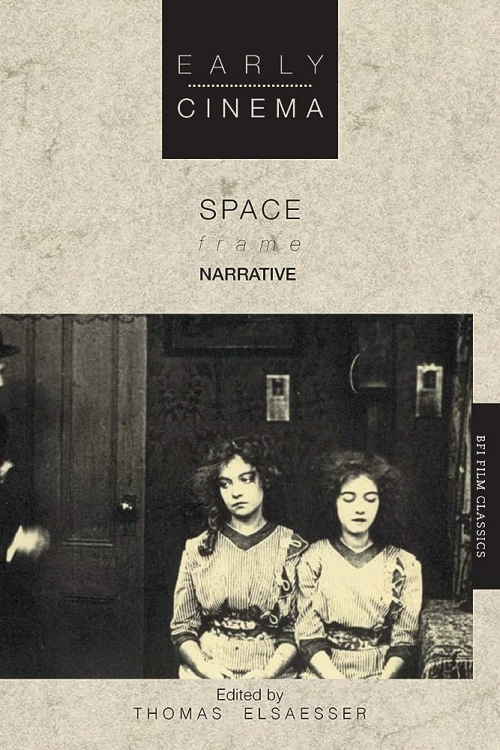In the twenty years preceding the First World War, cinema rapidly developed from a fairground curiosity into a major industry and a social institution, a source of information and entertainment for millions of people. Only recently have film scholars and historians begun to study these early years of cinema in their own right and not simply as first steps towards the classical narrative cinema we now associate with Hollywood.
Contents
I – Early Film Form: Articulations of Space and Time
Introduction
Thomas Elsaesser
Shot Relations, Narration: Articulating Space and Time
Film Form 1990–1906
Barry Salt
Deep Staging in French Films 1900–1914
Ben Brewster
The Cinema of Attractions: Early Film, its Spectator and the Avant-Garde
Tom Gunning
Lumière: Actualities, Fiction, Narrative
Let There Be Lumière
Dai Vaughan
Film, Narrative, Narration: The Cinema of the Lumière Brothers
André Gaudreault
From Lumière to Pathé: The Break-Up of Perspectival Space
Richard deCordova
Méliès: Continuity, Non-Continuity, Discontinuity
Non-Continuity, Continuity. Discontinuity: A Theory of Genres in Early Films
Tom Gunning
'Primitive' Cinema: A Frame-Up? Or, The Trick's on Us
Tom Gunning
Shots in the Dark – The Real Origins of Film Editing
Stephen Bottomore
Porter: Adapting, Presenting, Narrating
The Infringement of Copyright Laws and its Effects (1900–1906)
André Gaudreault
The Travel Genre in 1903-1904: Moving Towards Fictional Narrative
Charles Musser
Detours in Film Narrative: The Development of Cross-Cutting
André Gaudreault
II – The Institution Cinema: Industry, Commodity, Audiences
Introduction
Thomas Elsaesser
Mode of Production: The Struggle for Economic Control
Economic Conditions of Early Cinema
Michael Chanan
Combination and Litigation: Structures of US Film Distribution, 1896–1917
Janet Stager
In the Beginning Was the Word: Six Pre-Griffith Motion Picture Scenarios
Patrick G. Loughney
Mode of Representation: Audiences and Social Control
A Primitive Mode of Representation?
Noël Burch
Early Cinema - Whose Public Sphere?
Miriam Hansen
Some Historical Footnotes to the Kuleshov Experiment
Yuri Tsivian
Mode of Presentation: Showmanship and Exhibition Control
The Nickelodeon Era Begins: Establishing the Framework for Hollywood's Mode of Representation
Charles Musser
Showing and Telling: Image and Word in Early Cinema
André Gaudreault
Silent Films – What Was the Right Speed?
Kevin Brownlow
III – The Continuity System: Griffith and Beyond
Introduction
Thomas Elsaesser and Adam Barker
Mode of Address, Narration
A Scene at the 'Movies'
Ben Brewster
'A Properly Adjusted Window': Vision and Sanity in D. W. Griffith's 1908–1909 Biograph Films
Anne Friedberg
Continuity/Discontinuity/Alternation
Weaving a Narrative: Style and Economic Background in Griffith's Biograph Films
Tom Gunning
Griffith – The Frame, the Figure
Jacques Aumont
To Alternate/To Narrate
Raymond Bellour
European Cinema of the 1910s: Alternatives to the Classical Paradigm
